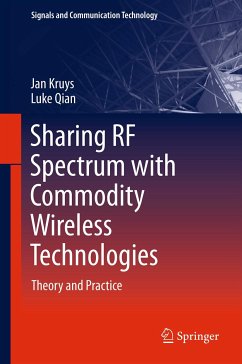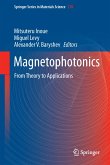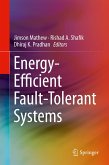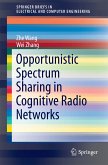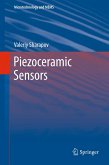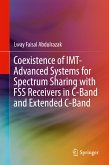This book is about the theory and practice of spectrum sharing and is aimed at a wide audience. Although it addresses basic technical issues, the emphasis is on practice rather than theory. In presenting an overall picture of spectrum sharing, this book covers the why--the regulatory aspects as well as the how--the technical aspects. The latter is supported with a theoretical taxonomy of dimensions, modes and means of spectrum sharing and a number of practical cases of spectrum sharing are discussed, using established technologies as examples. This book should prove accessible to wireless systems designers, RF engineers and protocol developers as well as to planners for large scale wireless LAN deployments. The combination of theoretical explanation and practice based analysis is expected to prove useful for radio spectrum managers and regulators as well as standards development organizations. Further, this book should prove useful for educators and students in that it provides practice oriented background for the more abstract material presented in textbooks dealing with radio spectrum related theory.
Dieser Download kann aus rechtlichen Gründen nur mit Rechnungsadresse in A, B, BG, CY, CZ, D, DK, EW, E, FIN, F, GR, HR, H, IRL, I, LT, L, LR, M, NL, PL, P, R, S, SLO, SK ausgeliefert werden.

